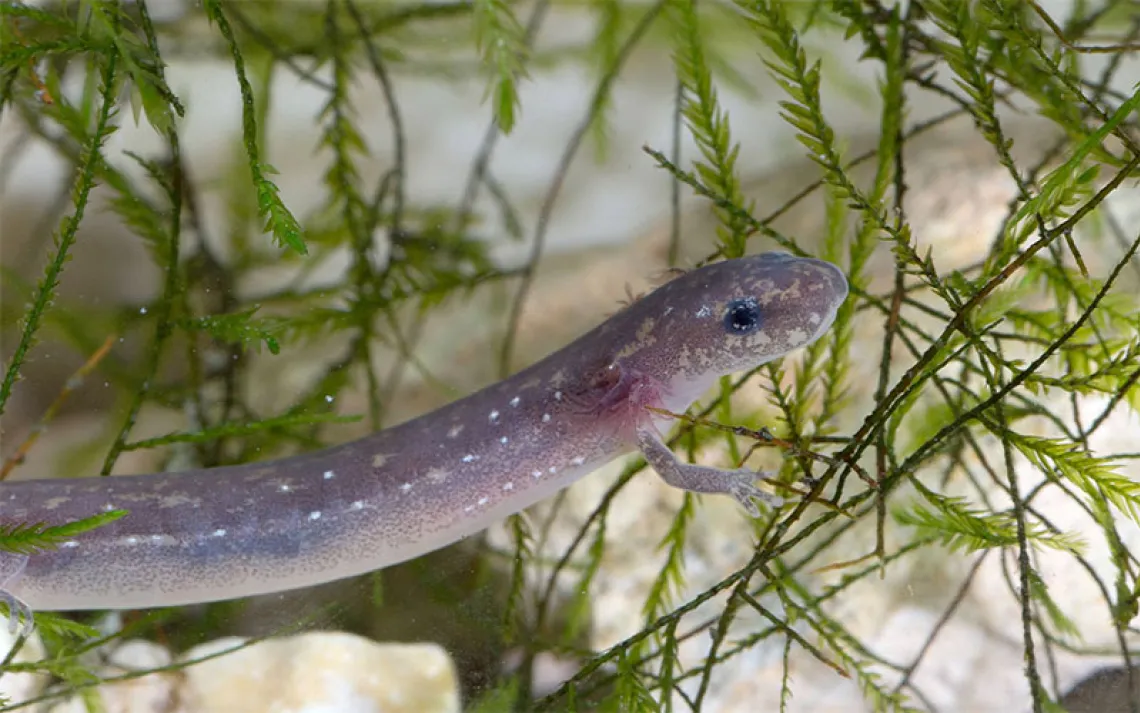Endangered Catalina Foxes Get an Earful
Researchers with UC Davis recently announced some good news about the Catalina Island fox. In recent years, the fox, one of six subspecies found on the Channel Islands off the coast of California, has been plagued by ear tumors. But researchers have found that treating the animals with acaricide, a common mite treatment for domestic dogs and cats, reduces the number of ear infections that lead to the growths.
In 1999, canine distemper virus nearly wiped out the small island fox and led to its placement on the federal endangered list. Though their numbers have somewhat rebounded, the population is still vulnerable to threats.
Scientists at UC Davis discovered the ceruminous gland tumors in the Catalina fox in 2001 and began collecting data on their prevalence. They found roughly half of the adult foxes (four years or older) had tumors in their ears, more than two-thirds of which were cancerous—one of the highest rates of cancer ever found in a wildlife population.
Additionally, more than 98 percent of the foxes were infected with ear mites, leading the researchers to conclude that the mites were a predisposing factor for developing the ear tumors. In 2009, researchers from the UC Davis School of Veterinary Medicine, the Institute for Wildlife Studies, and the Catalina Island Conservancy began treating foxes with acaricide, which drastically reduced the cases of ear mites to only 10 percent among treated foxes. As predicted, signs of ear tumors dropped as well. In a press release, Megan Moriarty, the study’s lead author, said, “It’s rare to have a success story. It was interesting to see such striking results over a relatively short time period.”
The decline in mites among the adult population of foxes is also benefiting pups because mite infections are typically passed on from a pup’s parents. Julie King, director of the Catalina Island Conservancy, said, “Prior to treatment in 2009, approximately 90 percent of all pups handled had ear mites, whereas by 2015, mites were detected in only 15 percent of new pups.”

Make every day an Earth Day
Get articles like this one sent directly to your inbox.
With this action you affirm you want to receive Sierra Club communications and may vote on policy designated by the Sierra Club Board.
Researchers are still not sure why so many Catalina foxes developed tumors while other Channel Island foxes did not, but genetics may play a role. Winston Vickers, lead author of the prevalence study, said, “Catalina foxes have an over-exuberant tissue reaction to the same stimuli [the mites], and that appears to lead to the tumors. That is why we gravitate toward genetics in addition to other factors.”
The Island fox remains a highly managed species, but their numbers continue to increase, and with luck, the population may soon be stable enough to be removed from the endangered species list.
 The Magazine of The Sierra Club
The Magazine of The Sierra Club






